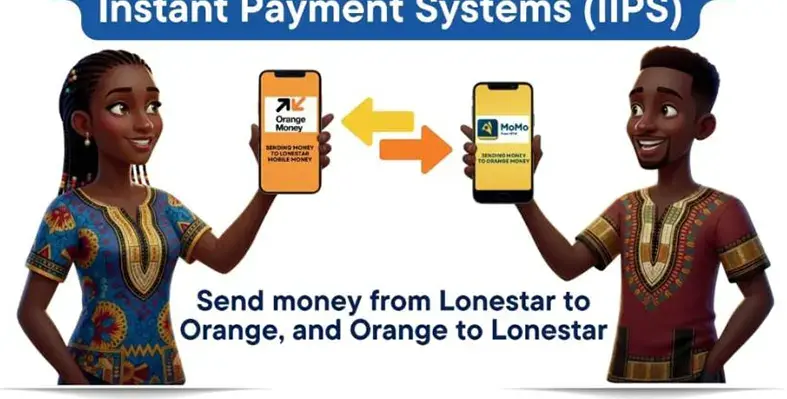Every generation of humanity since the invention of photography has experienced stereoscopic photographs and cine films, enjoying the images but then returning quite contentedly to 2D.
Modern high-definition flat-panel television displays allow full colour 3D to be viewed at home, sourcing from standard-definition DVD or high-definition Blu-ray video disc. The displays are currently about twice the price of 2D flat-screens but prices are tumbling. 3D is the logical next step in television broadcasting.
"Rubbish," you might argue. "2D was good enough for pre-history's cave painters, for Leonardo da Vinci, Picasso, Dali and legions of photographers and film-makers. Stereoscopic vision is a nice luxury but most living creatures use additional clues such as depth-of-focus, relative speed, illumination level and context to generate depth information. So who really needs 3D?"
Essential or not, the switchover from 2D to 3D is absolutely inevitable. The transition will not, however, be easy. 3D programme-making introduces many pitfalls into the production process. The television production community is well aware of this, as demonstrated by the UK-based Guild of Television Cameramen whose recent 3D production workshops were among the most heavily attended functions in the organisation's history.
Competition is the main driver. The introduction of direct-to-home satellite broadcasting in the 1970s and 1980s provided a platform for many more television channels than could be handled by analogue terrestrial networks. Instead of counting the number of available channels on the fingers of one hand, viewers found themselves able to access anything between 50 and 100 channels, dependent on their location and the amount of money they were willing to spend in subscriptions. But greater accessibility also meant fragmented audiences and reduced response to advertising at a time when television was having to complete increasingly for audience attention from the internet. Computer-game designers were at the same time turning their 3D in anticipation of 3D-capable PC displays. An increasing number of broadcasters began to consider the two-eyed option.
Britain
In Britain, where few television broadcasts now attract more than 10mn viewers, Sky has started Europe's first dedicated 3D channel. Launched in October 2010 on a subscription basis, it is healthy proof of the Sky network's ability to invest for the long term rather than simply react to its competitors. 3D output has included films, sports, entertainment and documentary programming.
Virgin Media inaugurated a 3D TV on demand service in September 2010.
The BBC, which has a long history of innovation, is meanwhile experimenting with 3D as well as with the NHK-developed Super Hi-Vision system, its focus being on the 2012 London Olympics. Super Hi-Vision delivers 7680 x 4320 pixel images, far greater than the 1920 x 1080 pixel size of current HD television images and has potential 3D applications.
Australia
Fox Sports transmitted Australia's first 3D HD programme in May 2010, covering an Australia v. New Zealand football game. Nine Network and Special Broadcasting Service followed in May, June and July with additional sports programmes.
Brazil
Rede TV commenced a 3D terrestrial channel in May 2010, reported to be troubled by poor quality.
France
Subscription TV operator Canal Plus initiated a 3D channel in December 2010.
French broadcaster TF1 announced in December 2010 its intention to start a 3D channel in time for the 2011 rugby World Cup.
Japan
Japan pioneered the adoption of 1080-line high-definition television and shows no sign of being left behind in 3D broadcasting. Cable channel BS 11 commenced a 3D service in 2008. The country's largest cable broadcaster Jupiter Telecommunications and comsat operator Sky Perfectv plan to start 3D channels mid 2011.
Netherlands
Brava3D, a new Dutch channel began providing classical music, opera and ballet free to air across Europe via Astra 23.5 degrees east.
Spain
Canal Plus 3D channel in Spain commenced broadcasting in May 2010, including coverage of FIFA World Cup football.
Russia
Platform HD is working on a 3D television project in partnership with Samsung Electronics and General Satellite.
South Korea
Korea Digital Satellite Broadcasting commenced a 3D channel, Sky 3D, in January 2010. Content includes education, animation, sport, documentary and performances. South Korea's broadcasting and telecommunications regulator, Korea Communications Commission, has initiated what it claims is the world's first terrestrial digital 3D television test broadcasts. Korean cable television companies CJ Hellovision and Hyundai Communications have also announced their intention to commence 3D test broadcasting during 2011.
USA
Cablevision introduced a 3D version of its MSG sports channel in March 2010.
DirecTV, in co-operation with Panasonic, introduced two 3D broadcast channels (DirecTV Cinema) and n3D in June 2010.
US broadcaster DirectTV has commenced a 3D channel, n3D, concentrating on live music events.
ESPN, also in the USA, broadcast its first 3D sports production in 2007 (NBA All-Star Saturday Night) from Las Vegas plus another from Phoenix in 2009. A new channel, ESPN 3D, went on air in June 2010 to cover live sports events.
Discovery Communications, Imax and Sony are co-operating on a 3D TV channel scheduled to launch early 2011. Two 3D Imax productions ('Into the Deep' and 'Galapagos') have already been licensed to the new channel.
Summary
61 per cent of US households now have at least one HDTV receiver according to a study of 1,308 homes throughout the country published on 26 December 2010 by Leichtman Research Group. Predictably, the number of 3D-capable HDTVs was under 1 per cent. Of greater importance was the reported level of interest in 3D TV:
• 24 per cent of the adults surveyed had seen 3D TV.
• 24 per cent of those who had seen 3D TV rate it an 8 to a 10 (10 being excellent), while 32 per cent rate it 1 to a 3 (1 being poor).
Similar studies in Japan have shown a reluctance among consumers to buy 3D displays which have to be viewed through polarising glasses. A variety of direct view 3D systems are currently in development. Simplest of these is the lenticular lens technique originally popularised for 3D postcards but which has the disadvantage of being highly directional. Figure 1 shows a quite different direct-view 3D TV system for which Apple has filed a patent application. Each pixel is projected onto a reflective, textured surface and then directed into the viewer's left or right eye to generate the stereoscopic effect. The system senses the left and right eye locations of each viewer, allowing the display to be watched from various angles. Given Apple's success with highly portable audio devices, my own suspicion is that the company will sooner or later promote head-up-display 3D viewing. Totally immersive!
by David Kirk






















